SKIN CANCER
At Australian Clinical Labs our highly-trained pathologists diagnose deadly skin cancer every day, and every day we see first-hand the importance of catching it early. If you see anything suspicious on your or your loved ones’ skin, please go and see the doctor and have it checked.
WHAT YOU NEED TO KNOW ABOUT MELANOMA
Melanoma is the most deadly type of skin cancer and grows very quickly if left untreated. It can spread to the deeper layers of your skin, enter the lymphatic system or bloodstream and then spread to other parts of the body i.e. lungs, liver, brain or bone. Melanoma is a type of skin cancer that usually develops on parts of the body that have been overexposed to the sun.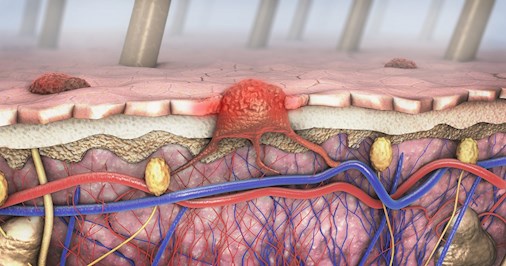
THE FRIGHTENING FACTS
- Australia and New Zealand have the highest rate of Melanoma in the world1
- Melanoma is more common in men than women. 1 in 13 Australian men are diagnosed with Melanoma by age 851
- More than 80% of Melanoma diagnoses occur in Australians over the age of 503
- Melanoma is the most common cancer for Australians aged 20 to 392
- It is estimated 1,300 Australians will die from Melanoma this year2
- One Australian is diagnosed with Melanoma every 30 minutes2
- One Australian dies every 6 hours from Melanoma2
MELANOMA RISK FACTORS
Melanoma risk increases with exposure to UV radiation from the sun or other sources such as sunbeds, particularly with episodes of sunburn (especially during childhood).
Melanoma risk is increased for people who have1:
- unprotected UV radiation exposure
- a history of childhood tanning and sunburn
- a pattern of short, intense periods of exposure to UV radiation
- having a lot of moles (naevi) – more than 50 on the body and more than 10 above the elbows on the arms
- increased numbers of unusual moles (dysplastic naevi)
- depressed immune systems
- a family history of melanoma in a first degree relative
- fair skin, a tendency to burn rather than tan, freckles, light eye colour (blue or green), light or red hair colour
- had a previous melanoma or non-melanoma skin cancer i.e. basal cell carcinoma (BCC) or squamous cell carcinoma (SCC)
WHAT TO CHECK FOR
Often melanoma has no symptoms, however, the first sign is generally a change in an existing mole or the appearance of a new spot.
During childhood, adolescence and pregnancy it is normal for new moles and spots to appear and change. However, adults who develop new spots or moles should have them examined by their doctor.
When checking your or your partner’s moles and spots, look out for the following changes1:
- Colour – a mole that changes colour, has different colour shades or appears blotchy
- Size – an existing mole that gets bigger
- Shape – a mole that develops an irregular border, increases in height or appears asymmetrical
- Elevation - a mole that develops a raised area
- A mole that starts itching or bleeding
EXAMPLES OF MELANOMA ON THE BODY
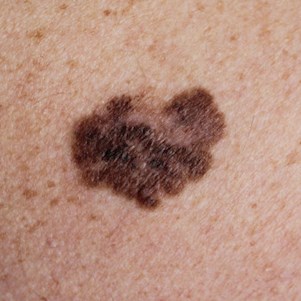
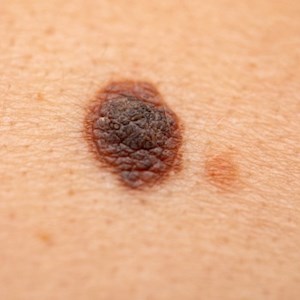
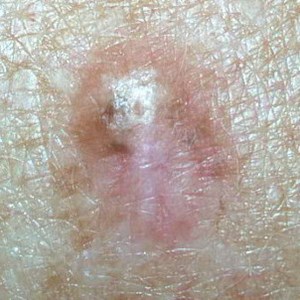
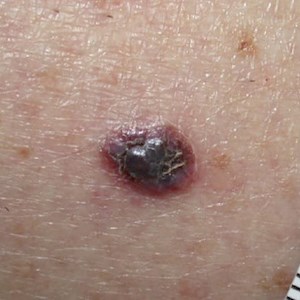
The good news is, that if caught early, 90% of Melanomas can be cured with surgery.2
Ensure you and your loved ones have an annual skin check with your GP, skin cancer practitioner or dermatologist, or if you have noticed any of the above changes to existing moles or spots book in for a quick check.
References
1. Australian Cancer Council https://www.cancer.org.au/about-cancer/types-of-cancer/skin-cancer/melanoma.html
2. Melanoma Institute Australia https://www.melanoma.org.au/understanding-melanoma/melanoma-facts-and-statistics/
3. Australian Cancer Council https://wiki.cancer.org.au/skincancerstats/Skin_cancer_incidence_and_mortality


